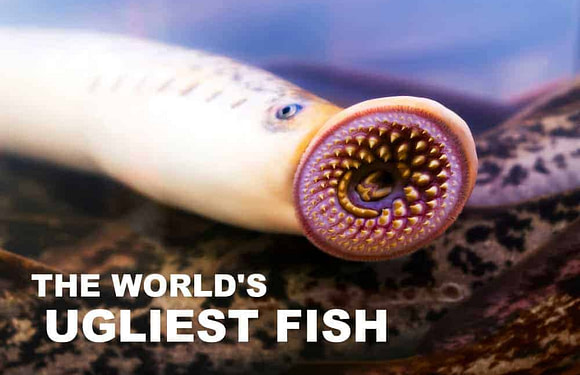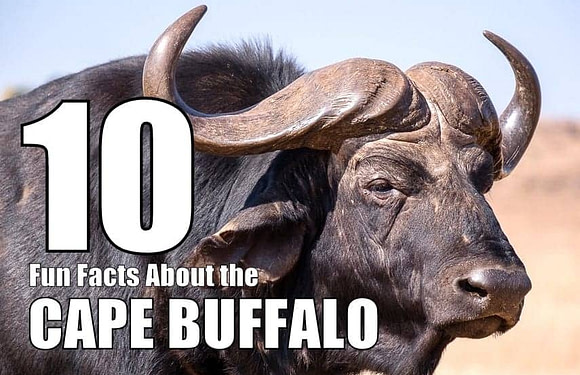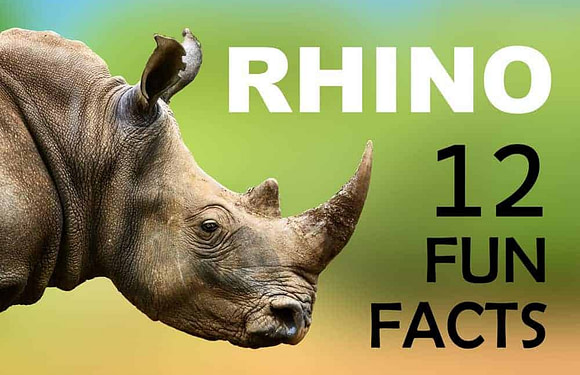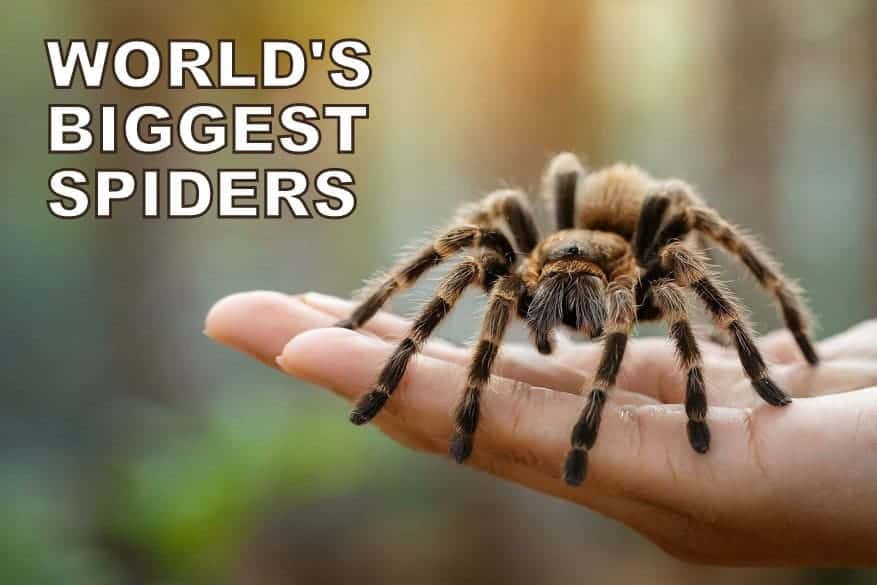
Why Do Some Spiders Grow So Large?
There are more than 45,000 known species of spiders. They range dramatically in size, with some smaller than a grain of sand and the largest the length of a dinner plate. What accounts for this variance?
The size of a spider can be influenced by a variety of factors including environmental conditions, predation pressures, and the availability of prey. Areas with fewer predators and abundant food, spiders can grow larger to maximize their reproductive success and longevity. Larger spiders often inhabit regions where their size offers competitive advantages such as better mate selection, enhanced predation capabilities, and improved survival rates. Conversely, larger size can make spiders more visible to predators and require more energy to sustain, presenting a significant trade-off.
15 Largest Spiders on Earth
1. Goliath Birdeater (Theraphosa blondi)
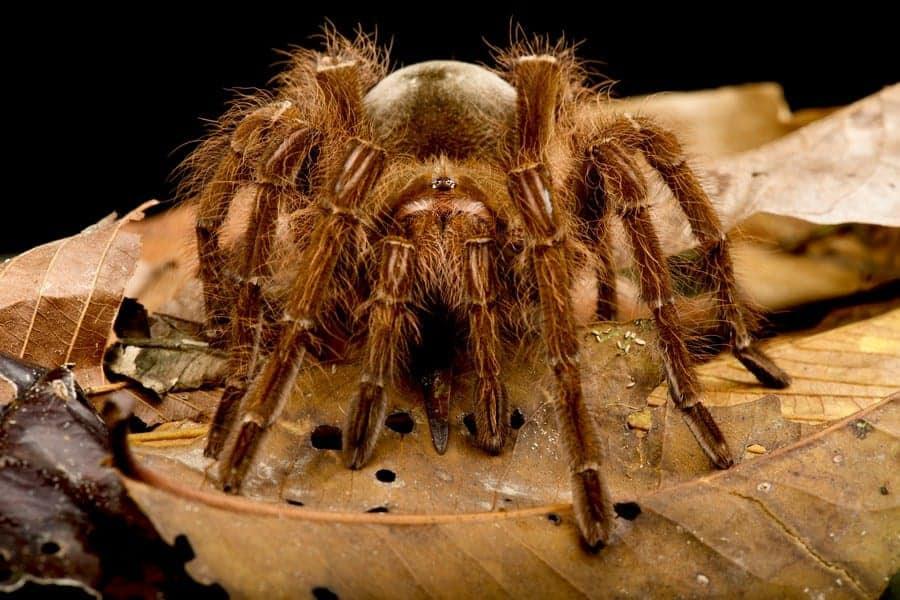
The Goliath Birdeater is the largest spider in the world by mass. Found in the northern regions of South America, particularly the Amazon rainforest, this species weighs over 6 ounces (170 grams) and grows up to 11 inches (28 cm) leg to leg. Despite its name, the Goliath Birdeater primarily consumes insects and small vertebrates. Though it can eat bird eggs or young birds, this is rare. The name came from an 18th-century engraving that depicted a type of tarantula eating a hummingbird. When threatened, it releases urticating hairs that cause irritation and pain to potential predators or threats. Unlike many spiders, it does not rely on webs to capture prey but hunts on the ground at night. The females of this species are particularly noted for their longevity, living up to 25 years. Their impressive size and capabilities make them top invertebrate predators in their ecosystem.
2. Giant Huntsman Spider (Heteropoda maxima)
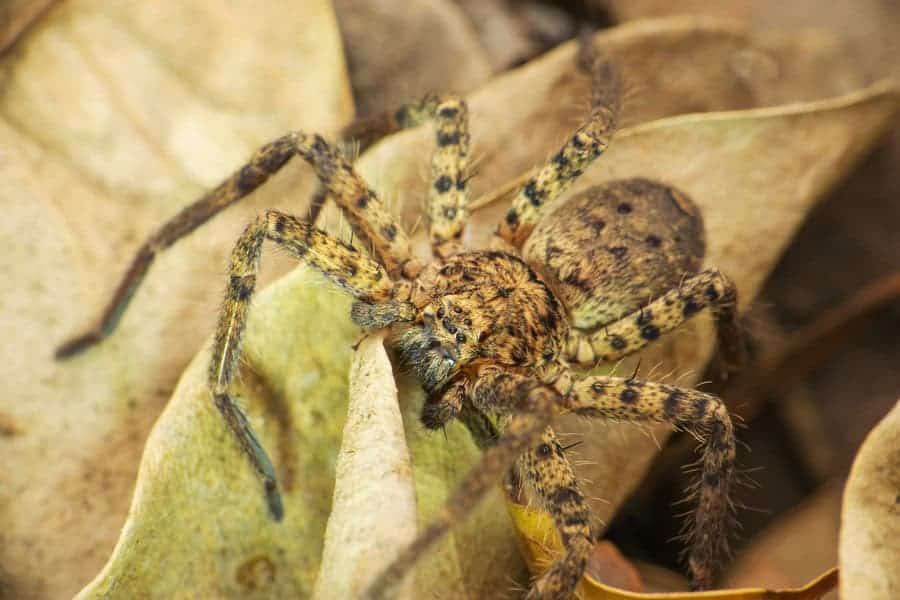
Native to the caves of Laos, the Giant Huntsman Spider is the largest spider in the world by leg span, reaching up to 12 inches (30 cm). Its size is attributed to its long, spindly legs. They get their name from the way in which they catch their prey. This spider does not construct webs; it actively hunts a variety of insects with speed and agility. Huntsman spiders are known for their flattened bodies, which allow them to squeeze into tight spaces. Despite their daunting appearance, they are generally not considered dangerous to humans. They prefer to escape rather than confront threats, using their speed as their main defense.
3. Brazilian Salmon Pink Bird-Eating Tarantula (Lasiodora parahybana)
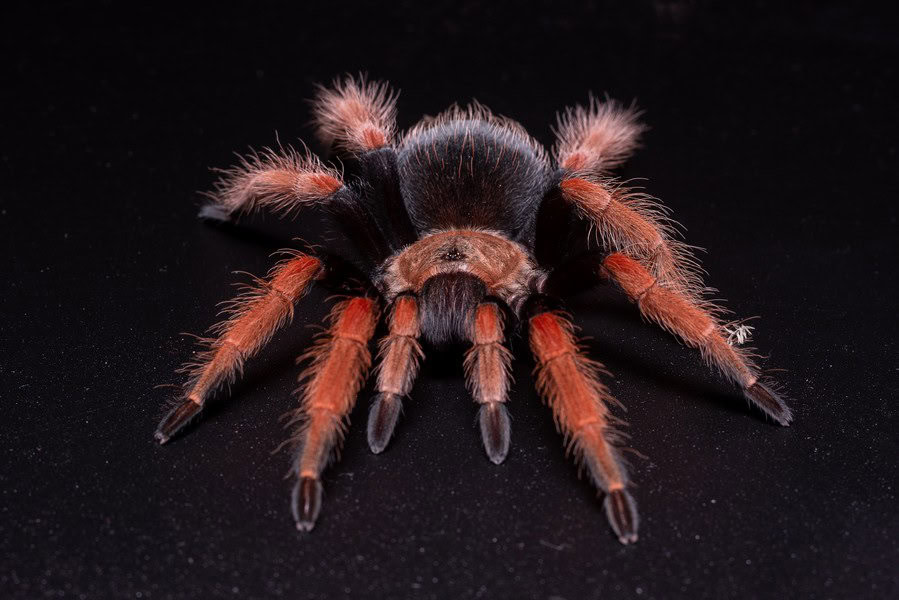
The Brazilian Salmon Pink Bird-Eating Tarantula resides in northeastern Brazil and is one of the most sizable tarantulas. Its leg span reaches up to 10 inches (25 cm). It is recognized for its distinctive salmon-pink hairs, which cover its body and become more pronounced as it matures. This species is known for its rapid growth and reproductive rate, often laying hundreds of eggs in one cycle. Unlike many tarantulas, the Brazilian Salmon Pink Bird-Eating Tarantula is a prolific webber, creating extensive silk linings for its burrows. This spider’s diet consists primarily of insects, small rodents, and occasionally birds. It is considered one of the more docile large tarantula species, making it a favorite among arachnid keepers.
4. Brazilian Giant Red Tarantula (Grammostola mollicoma)
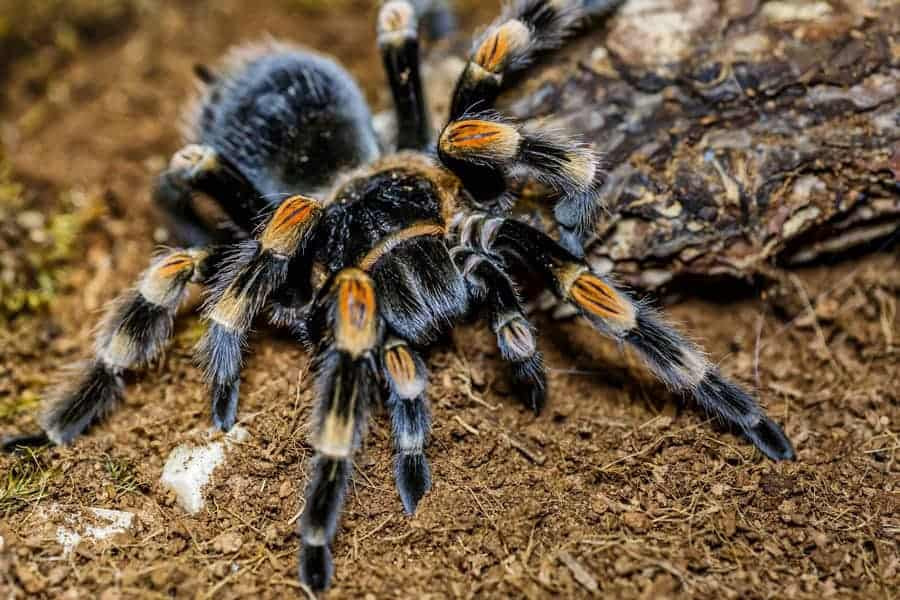
The Brazilian Giant Red Tarantula is native to the grasslands and forests of southern Brazil. It has a leg span that can approach 10 inches (25 cm). The name comes from the red hue across its robust body, which serves as camouflage among the fallen leaves and earth. This tarantula is primarily nocturnal, spending the day hidden under logs or in burrows it digs itself. It preys on various insects, small mammals, and occasionally birds, using its powerful fangs to inject venom that quickly incapacitates its prey. In the pet trade, it is valued for its easy-going nature and striking appearance, although it requires a spacious enclosure to accommodate its size.
5. Hercules Baboon Spider (Hysterocrates hercules)
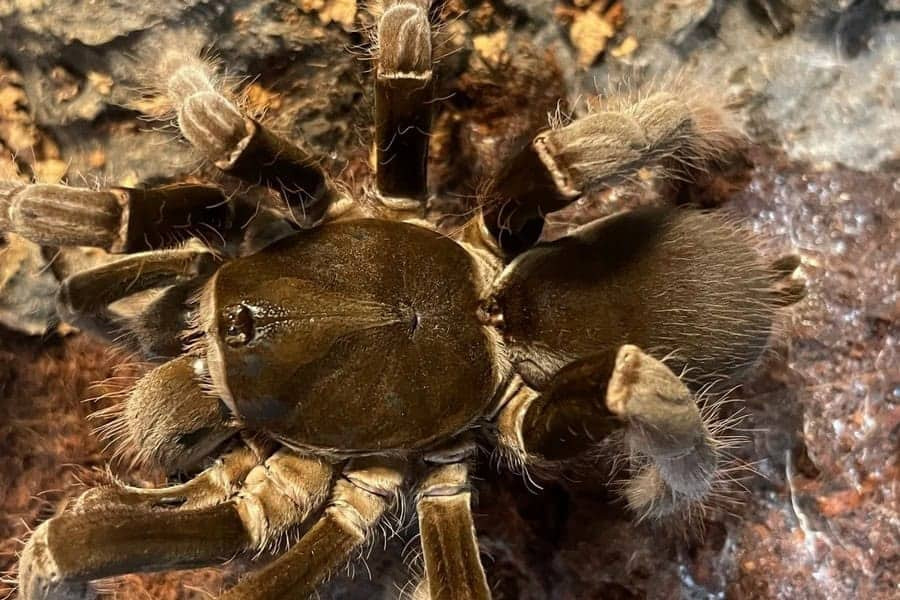
The Hercules Baboon Spider is a fascinating species of tarantula native to the dense rainforests of West Africa, particularly in Nigeria and Cameroon. This spider is reputed to be one of the largest tarantulas, with anecdotal reports suggesting large sizes. Unverified reports suggest its leg span could potentially extend up to 8 inches (20 cm) or more. Very little is known about its lifestyle and behavior due to its secretive habits and the challenging terrain of its habitat. It is believed to be a burrowing spider, creating deep burrows that serve as protection from predators and extreme environmental conditions.
6. Colombian Giant Redleg (Megaphobema robustum)
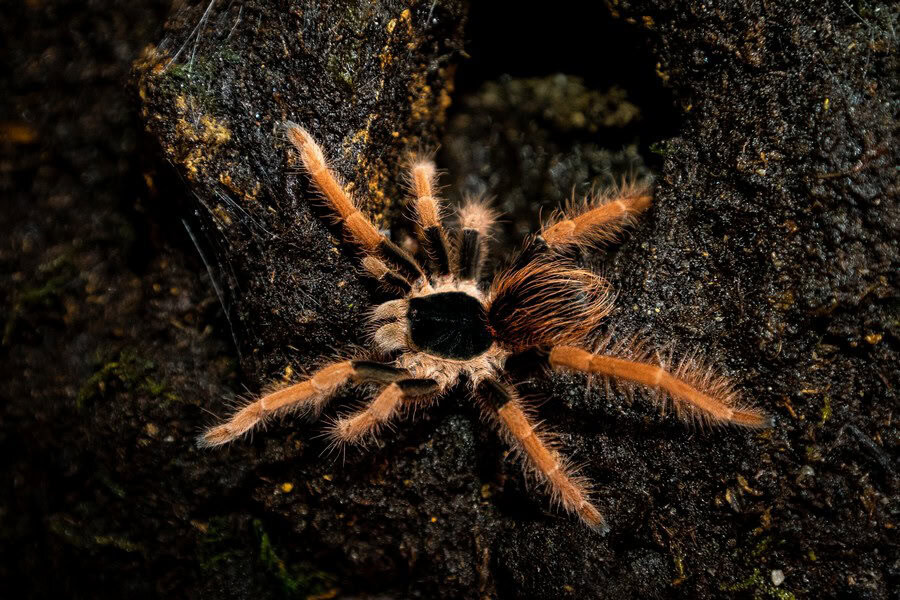
Found in the rainforests of Colombia and northern Brazil, the Colombian Giant Redleg can achieve a leg span of up to 8 inches (20 cm). This spider has vibrant red legs and robust body, which help it dig and maintain burrows. It displays a defensive behavior known as “threat posture,” where it rears up to show its fangs when threatened. The Colombian Giant Redleg is an opportunistic feeder, consuming anything from insects to small mammals. Its life cycle includes a lengthy juvenile stage, during which the spider slowly grows into its large size. This tarantula is also known for its longevity, often living up to 20 years in captivity.
7. Cameroon Red Baboon Spider (Hysterocrates gigas)
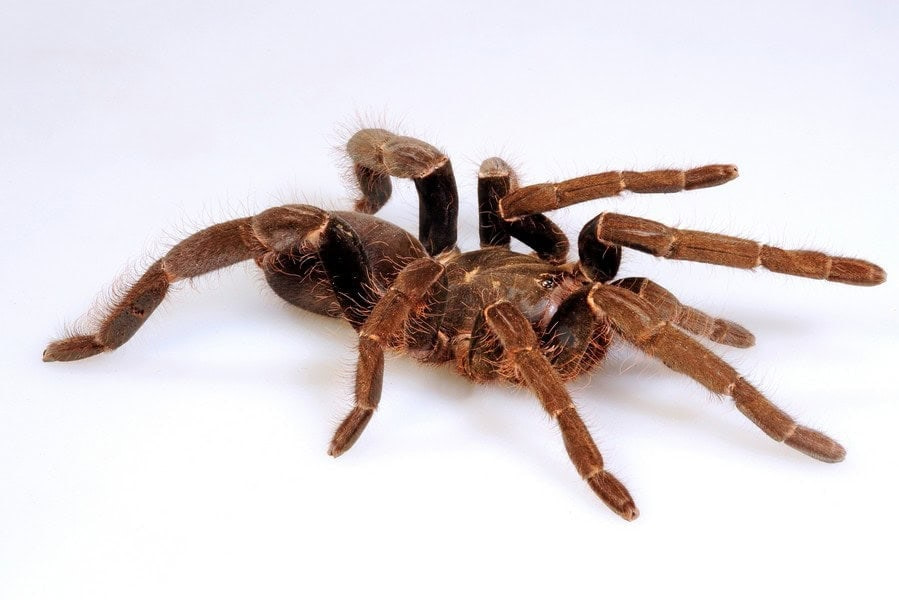
The Cameroon Red Baboon Spider is a tarantula found primarily in the rainforests of Cameroon in West Africa. These spiders are colloquially called “baboon spiders” because of the “baboon-like” pads or scopulae on their “feet” (tarsi). These scopulae, which are tufts of hair, help the spiders grip surfaces as they move and climb, somewhat akin to how primates, including baboons, use their fingers and toes. This species can reach a leg span of up to 8 inches (20 cm). It has a deep red to almost black coloration that helps it blend into the dark forest floor. The Cameroon Red Baboon has an aggressive temperament. It is a voracious predator, ambushing insects and small vertebrates from within burrows lined with silk.
8. Face-Sized Tarantula (Poecilotheria rajaei)

The Face-Sized Tarantula, discovered in Sri Lanka, has a leg span close to 8 inches (20 cm), roughly the size of a human face. This species belongs to the genus Poecilotheria, known for their arboreal lifestyle and beautiful patterns. It is predominantly found in old growth forests, living in trees and under bark, which provides camouflage against predators. The tarantula is critically endangered, primarily due to habitat loss from deforestation. Its diet includes birds and small mammals, which it captures using speed and stealth. The conservation of its habitat is crucial for maintaining the delicate balance of the local ecosystem.
9. Chaco Golden Knee (Grammostola pulchripes)
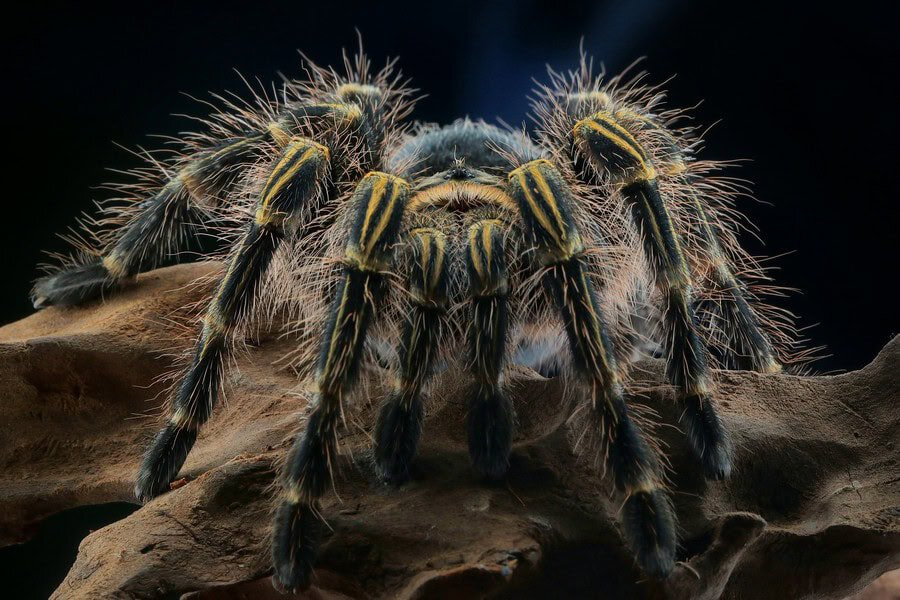
The Chaco Golden Knee originates from the grasslands of Argentina and Paraguay, where it occupies burrows that it either digs or finds abandoned. It is named for the bright golden bands around its leg joints, which contrast with its otherwise dark body. This tarantula can reach a leg span of up to 8 inches (20 cm) and is exceptionally docile. The Chaco Golden Knee is a slow grower, taking several years to reach maturity. Its diet consists mainly of insects and small vertebrates. In captivity, this spider can live up to or beyond 20 years.
10. King Baboon Spider (Pelinobius muticus)
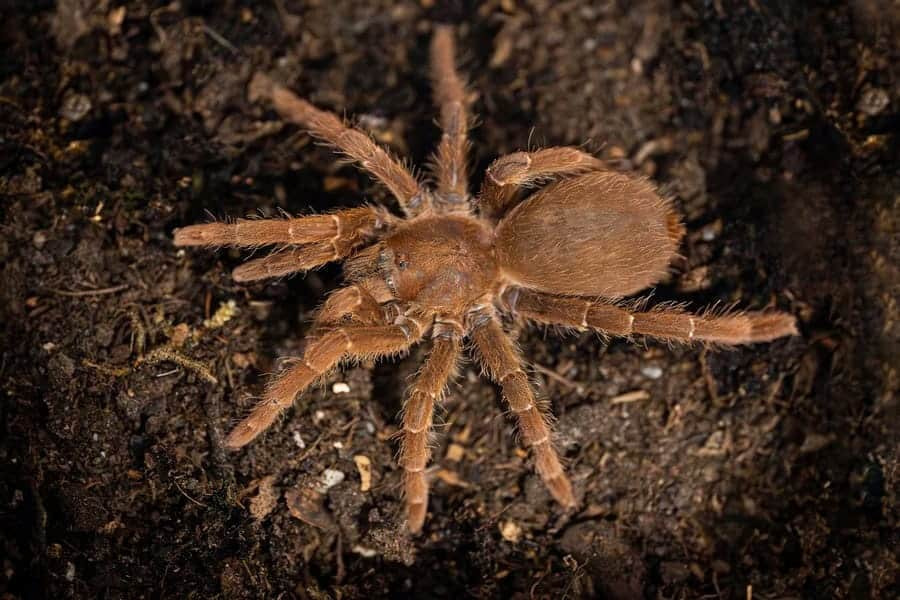
The King Baboon Spider from East Africa can grow to a leg span of about 8 inches (20 cm). This spider is known for its deep burrowing and extremely aggressive nature, making it a daunting predator in its natural habitat. It has a slow growth rate but lives for a long time, with females often surpassing a decade in lifespan. The King Baboon Spider has a rusty brown color, which helps it blend into the arid landscapes it inhabits. It primarily feeds on insects but is capable of taking down small mammals and reptiles due to its size and powerful venom.
11. Indian Ornamental Tree Spider (Poecilotheria regalis)
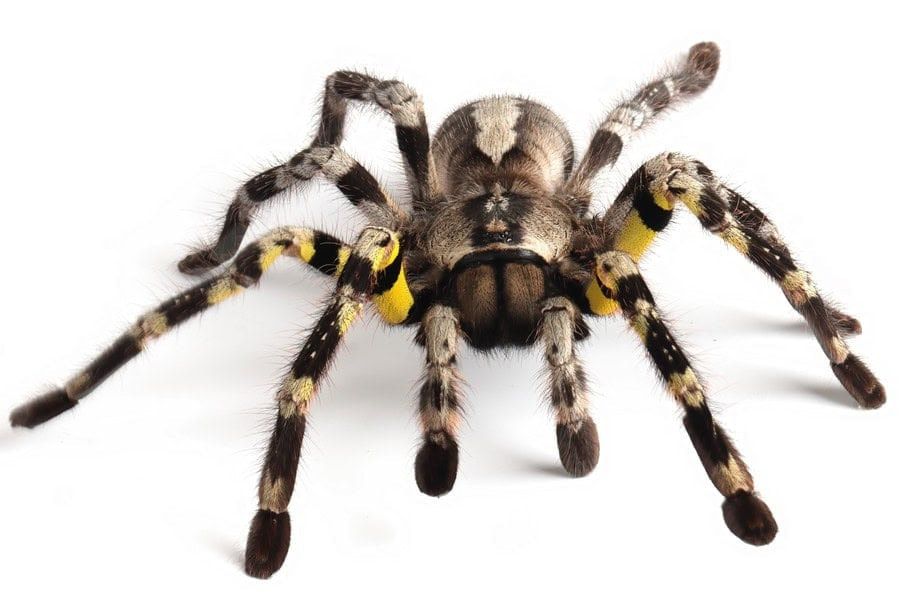
The Indian Ornamental Tree Spider, part of the tarantula family, hails from the deciduous forests of India. It is celebrated for its spectacularly patterned body and legs, which is adorned with intricate geometric patterns. This arboreal tarantula reaches a leg span of about 7 inches (18 cm). The Indian Ornamental is a skilled hunter, primarily preying on insects and occasionally small birds and lizards. Due to its beauty and relative rarity, it is highly prized in the exotic pet trade. However, it requires careful handling due to its skittish temperament and potent venom, which can cause significant discomfort to humans. This species and its habitat is increasingly threatened by deforestation.
12. Greenbottle Blue Tarantula (Chromatopelma cyaneopubescens)
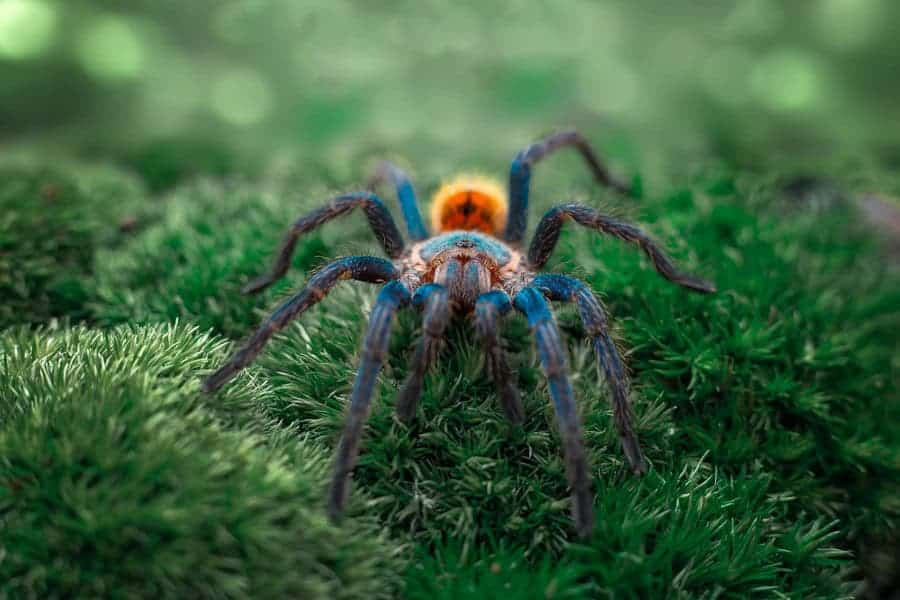
Native to the Paraguaná peninsula of Venezuela, the Greenbottle Blue Tarantula is one of the most colorful spiders in the tarantula family. Its vibrant blue legs, green carapace, and orange abdominal hairs make it a wonderful display. The species reaches a leg span of up to 6 inches (15 cm) and is known for its unique webbing behavior. It creates extensive silk structures to cover its dwelling, which is unusual among tarantulas. It preys on insects and small vertebrates, utilizing both ambush and pursuit hunting strategies. The Greenbottle Blue is a favorite among hobbyists due to its distinctive appearance and active lifestyle, but it requires a dry, warm environment to thrive, mimicking its desert habitat.
13. Camel Spider (Order: Solifugae)
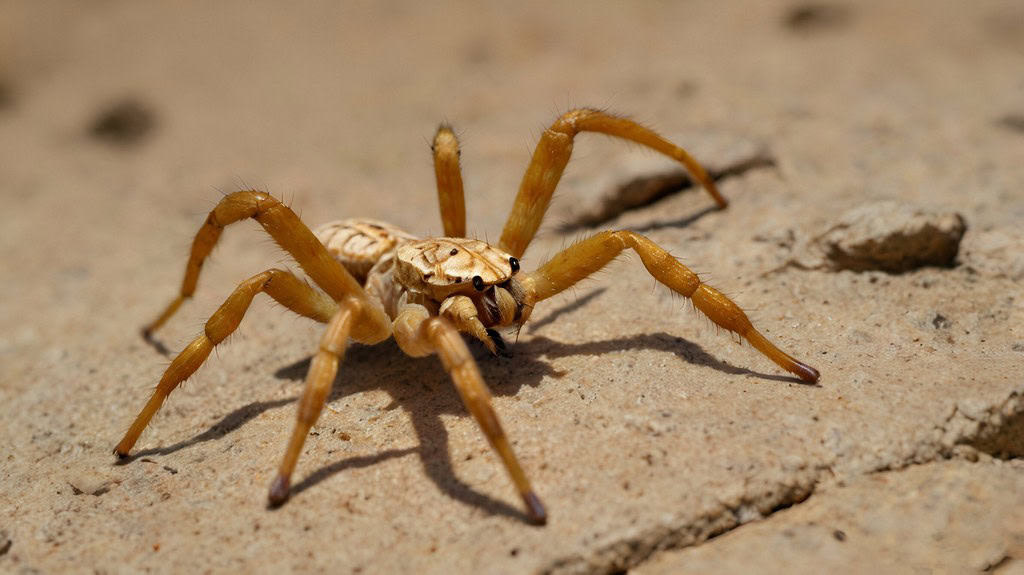
Camel Spiders, found in desert regions from North Africa to the Middle East, are not true spiders but are commonly grouped with them due to their similar morphology. These creatures can reach sizes up to 6 inches (15 cm), with large jaws that make up a significant portion of their body size. They are known for their incredible speed, capable of moving up to 10 miles per hour. Camel Spiders are voracious predators, consuming everything from insects to small vertebrates. They are also known for their aggression, which includes chasing shadows and potentially biting when threatened. However, they are non-venomous and pose little danger to humans.
14. Brazilian Wandering Spider (Phoneutria fera)
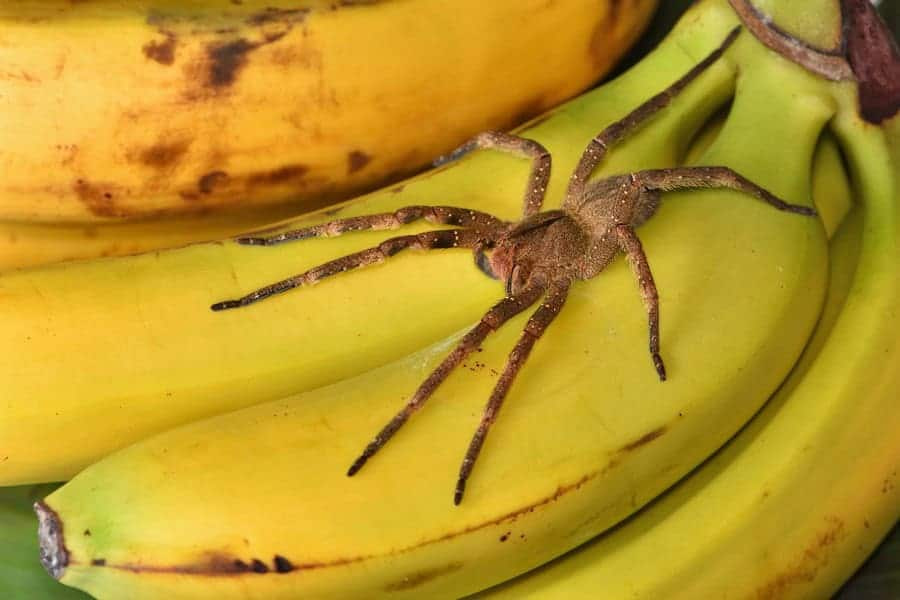
The Brazilian Wandering Spider is another one of the world’s most venomous spiders. It can have a leg span of up to 6 inches (15 cm). This spider wanders the jungle floor at night, hunting for food. It is also called the “banana spider” because it is sometimes found in shipments of bananas. The Brazilian Wandering Spider’s venom contains a powerful neurotoxin that can be fatal to humans, although an effective antivenom exists. These spiders are highly adaptable and can also be found in urban areas, hiding in houses and cars.
15. Golden Blue-Leg Baboon Spider (Harpactira pulchripes)
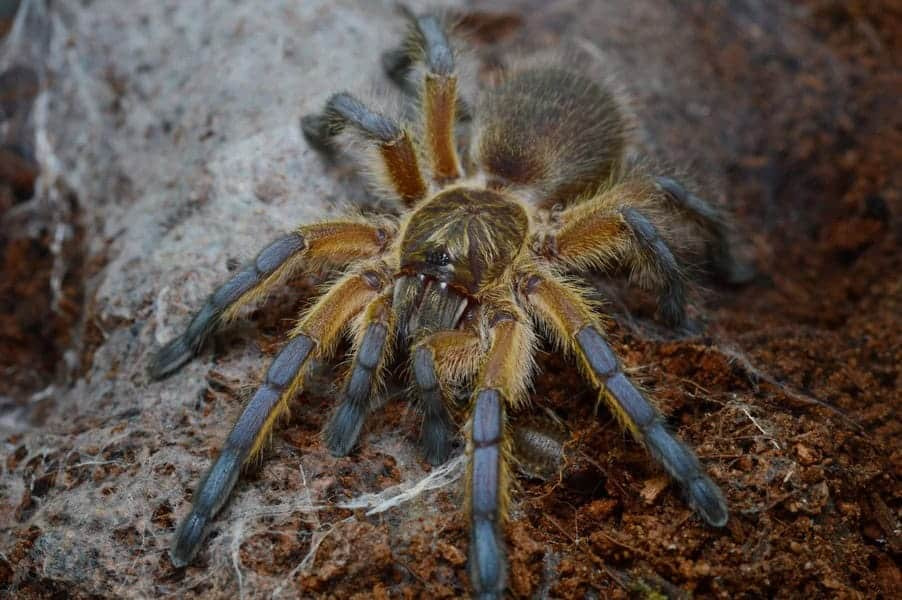
The Golden Blue-Leg Baboon Spider, native to the grasslands of Southern Africa, is a large tarantula with a leg span of up to 5 inches (12.7 cm). It has bright blue legs and a golden carapace and abdomen, which make it a visually distinct spider. This species is primarily a burrower, creating deep tunnels where it resides and strategically ambushes prey. Known for its defensive attitude, it can display quite aggressive behaviors when provoked. The Golden Blue-Leg Baboon Spider’s diet mainly includes insects, with occasional instances of capturing small reptiles and rodents. This species garners interest from both scientific communities for study and pet trade enthusiasts for its vibrant coloration and significant size.
How Big Were Prehistoric Spiders?
During the Paleozoic Era, particularly in the Carboniferous period approximately 359 to 299 million years ago, arachnids reached enormous sizes, a phenomenon supported by higher oxygen levels in the atmosphere. The oxygen concentration during this time was up to 35%, significantly higher than today’s 21%, facilitating larger body sizes through more efficient oxygen diffusion.
Arachnids are a broad class of joint-legged invertebrate animals that include spiders, scorpions, mites, and ticks, among others. Within this class, “true spiders” are a specific order known as Araneae, which encompasses all the various species of spiders known today. This distinction is important because while all true spiders are arachnids, not all arachnids are spiders.
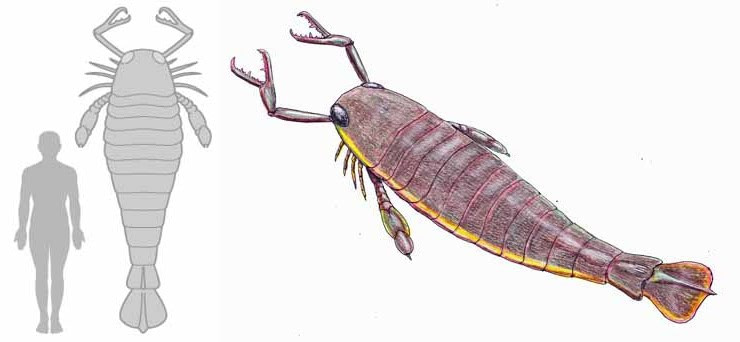
The world’s largest spider, based on the fossil record, was once believed to be the Jaekelopterus rhenaniae. The Jaekelopterus rhenaniae was estimated to be over 8 feet (2.5 meters) in length, making it the largest arachnid ever discovered. However, this species was later classified as a eurypterid, not a true spider. The Eurypterida order includes various extinct aquatic arthropods that are often referred to as sea scorpions, which are closely related to modern arachnids.
The Megarachne is another species that is often mistakenly identified as the largest spider. It had a body length of around 1 foot (30 cm) and a leg span that could exceed 20 inches (50 cm). However, further analysis revealed that Megarachne was not a spider either, but a eurypterid also.
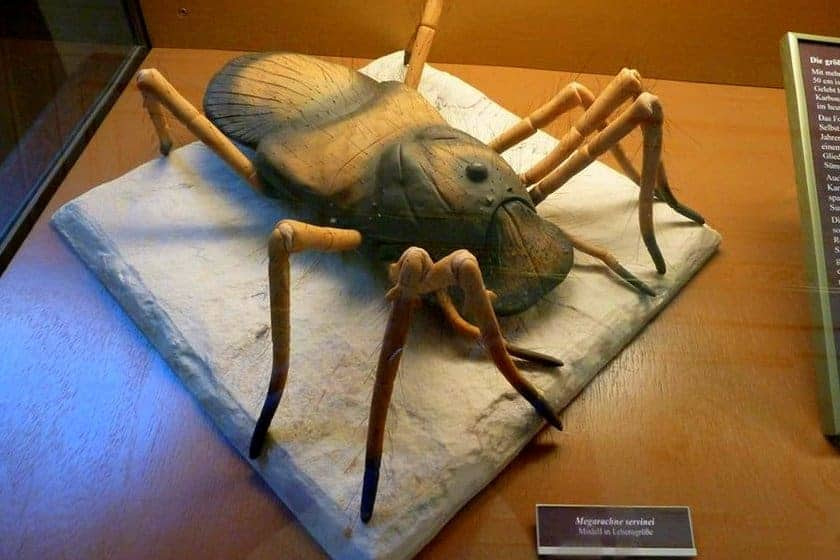
Thus, the biggest spiders that have ever existed are the ones that currently exist, rather than prehistoric ones. The largest true spiders – those belonging to the order Araneae – are the Giant Huntsman Spider (Heteropoda maxima) and the Goliath Birdeater (Theraphosa blondi). There are no known fossil records of true spiders that surpass the sizes of these modern examples.
























































